How to Stop Diarrhea Naturally: A Comprehensive Guide
Discover the effective ways to stop diarrhea naturally. Learn about Imodium’s mechanism of action, dosage, side effects, and potential interactions. Get the facts you need to manage your digestive health.
Understanding Imodium: How It Works to Stop Diarrhea
Imodium, the over-the-counter medication, is a popular choice for relieving diarrhea. The active ingredient in Imodium is loperamide, which works by slowing down the contractions of the muscles in your intestines. This, in turn, slows the movement of food through your digestive tract, allowing your body to absorb fluids and nutrients more effectively.
During a bout of diarrhea, the gut muscles contract too quickly, causing food to move through the system too fast, leading to watery and frequent bowel movements. Imodium helps restore the normal functioning of the intestines, leading to smaller, more solid, and less frequent bowel movements.
Dosage Guidelines for Imodium
The recommended dosage of Imodium varies based on age and weight:

Adults and Children 12 Years or Older
- Start with 4 milligrams (mg)
- Then take 2 mg for each loose stool that occurs after the initial dose
- Do not exceed 8 mg per day
Children Younger Than 12 Years
- Children 60 to 95 pounds (ages 9 to 11 years): 2 mg to start, then 1 mg after each loose stool, not to exceed 6 mg per day
- Children 48 to 59 pounds (ages 6 to 8 years): 2 mg to start, then 1 mg after each loose stool, not to exceed 4 mg per day
- Children 29 to 47 pounds (ages 2 to 5 years): Use Imodium only on the advice of a pediatrician
- Children under 2 years: Do not give Imodium
Potential Side Effects and Interactions of Imodium
While Imodium is generally well-tolerated, it can sometimes cause side effects. Common side effects include constipation, dizziness, tiredness, headache, nausea, and vomiting. Serious side effects, although rare, may include bloody or worsening diarrhea, severe dizziness, fainting, and signs of a severe allergic reaction.
Imodium can also interact with certain medications, such as some antidiarrheal drugs, narcotic pain medications, and HIV drugs. It’s important to inform your healthcare provider about any other medications you are taking before using Imodium.

Conditions of Concern When Taking Imodium
Before taking Imodium, it’s crucial to discuss with your healthcare provider if you have any of the following conditions:
- Severe abdominal pain
- Bloody diarrhea
- Diarrhea with a high fever
- Inflammatory bowel disease (IBD)
- Intestinal blockage or paralysis
- Liver disease
In these cases, Imodium may not be the best treatment option, and your healthcare provider may recommend alternative approaches or further evaluation.
Natural Remedies to Consider for Diarrhea
While Imodium can be an effective solution for managing diarrhea, there are also natural remedies that may help alleviate your symptoms. Some options to consider include:
- Staying hydrated by drinking plenty of fluids, such as water, electrolyte-rich drinks, or herbal teas
- Consuming foods that are easy on the digestive system, like bananas, rice, applesauce, and toast
- Avoiding foods that may worsen diarrhea, such as caffeine, dairy, spicy, fatty, or high-fiber items
- Trying probiotics or supplements like chamomile, ginger, or peppermint to support gut health
Remember to consult with your healthcare provider before trying any new natural remedies, especially if you have a pre-existing medical condition or are taking other medications.

Seeking Medical Attention for Diarrhea
While Imodium and natural remedies can be effective in managing mild to moderate diarrhea, it’s crucial to seek medical attention if you experience any of the following:
- Severe or persistent diarrhea
- Signs of dehydration, such as excessive thirst, dry mouth, or dizziness
- Bloody or black stool
- High fever
- Severe abdominal pain or cramping
Your healthcare provider can help identify the underlying cause of your diarrhea and recommend the most appropriate treatment plan to address your specific needs.
Remember, managing diarrhea effectively requires a combination of understanding the mechanisms, dosage guidelines, and potential risks associated with over-the-counter medications like Imodium, as well as exploring natural remedies and seeking medical attention when necessary. By taking a proactive and informed approach, you can better navigate your digestive health and find lasting relief.
How It Works, Dosage, Side Effects, Interactions
Imodium is an over-the-counter (OTC) medication that’s used to relieve diarrhea. It may cause mild side effects in some people.
You can take Imodium as soon as you experience symptoms.
The active ingredient in Imodium is loperamide. It works by making the muscles in your intestines contract more slowly, resulting in firmer stools.
If you follow the package instructions, Imodium poses a low risk of side effects. When side effects do occur, they tend to be mild.
Keep reading to learn what to expect when taking Imodium and how to take it safely.
The muscles in your gastrointestinal tract contract and release at regular intervals. This helps move the food you eat through your digestive system. During this process, the intestines absorb water and nutrients.
With diarrhea, the gut muscles contract too quickly. Food matter moves through your system too fast, resulting in watery bowel movements that are more frequent than usual.
Having diarrhea makes it harder for your intestines to absorb fluids and nutrients such as electrolytes. Your body needs electrolytes to function well. If diarrhea persists, low levels of fluids and electrolytes can trigger dehydration.
Imodium contains loperamide, a drug that slows down muscle contractions in the gut. This in turn slows the movement of food through your digestive tract so the bowel can absorb the fluids and nutrients your body needs, including electrolytes.
After you start taking Imodium, your bowel movements should be smaller, more solid, and less frequent.
Imodium is available as a caplet, soft gel, and liquid. All three types of Imodium are taken by mouth.
You shouldn’t use Imodium for more than 2 days in a row.
A prescription-strength Imodium caplet is available for long-term use. It’s usually prescribed to treat diarrhea caused by a chronic condition, such as inflammatory bowel disease.
The recommended dosage for Imodium is based on age or weight.
Adults and children 12 years or older
- The recommended dosage is 4 milligrams (mg) to start.
- This is followed by 2 mg for each loose stool that occurs after that.
- Don’t take more than 8 mg per day.
Children younger than 12 years
Dosage should be based on weight. If the child’s weight isn’t known, dosage should be based on age:
- Children 60 to 95 pounds (ages 9 to 11 years): 2 mg to start, then 1 mg after each loose stool that occurs after that. Don’t take more than 6 mg per day.
- Children 48 to 59 pounds (ages 6 to 8 years): 2 mg to start, then 1 mg after each loose stool that occurs after that. Don’t take more than 4 mg per day.
- Children 29 to 47 pounds (ages 2 to 5 years): Use Imodium only on the advice of a pediatrician.
- Children under 2 years: Do not give Imodium to children younger than 2 years of age.
Some people experience drowsiness after taking Imodium.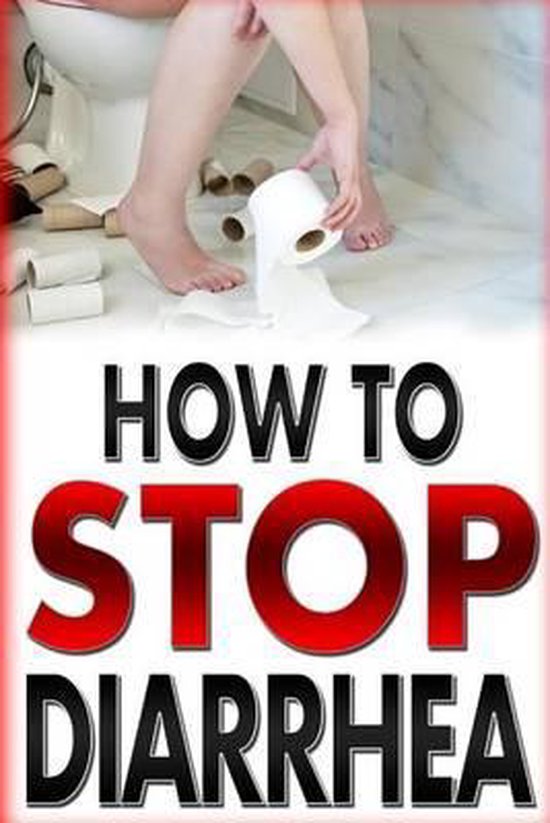 If you’re taking Imodium for the first time, avoid potentially risky activities, such as driving, until you know how your body will react.
If you’re taking Imodium for the first time, avoid potentially risky activities, such as driving, until you know how your body will react.
It’s also advisable to avoid alcohol when taking Imodium. Drinking alcohol may increase the risk of some side effects, such as dizziness and fatigue.
Finally, keep in mind that certain food and drinks may exacerbate diarrhea and related symptoms. Try to avoid caffeine and dairy, along with foods that are spicy, fatty, fried, or high in fiber until your bowel movements have returned to normal.
Imodium is generally well tolerated by many people. However, it can sometimes cause side effects.
Common side effects
Some of the more common side effects of Imodium can include:
- constipation
- dizziness
- tiredness
- headache
- nausea
- vomiting
- dry mouth
Serious side effects
Serious side effects of Imodium are rare. Seek medical assistance right away if you have any of the following symptoms:
- bloody or worsening diarrhea
- severe dizziness
- fainting
- signs of a severe allergic reaction, including:
- severe skin rash
- difficulty breathing
- wheezing
- tightness in your throat or chest
- face, lips, mouth, or tongue swelling
- swelling or pain in the abdomen
- painful, peeling, or blistering skin
Imodium interacts with certain drugs that break down in your body in the same way that Imodium does. These interactions can potentially lead to increased levels of either medication in your body.
These interactions can potentially lead to increased levels of either medication in your body.
Some examples of medications that can interact with Imodium include:
- atropine
- alosetron
- diphenhydramine
- erythromycin
- fenofibric acid
- metoclopramide
- narcotic pain medications such as morphine, oxycodone, and fentanyl
- quinidine
- the HIV drugs saquinavir and ritonavir
- pramlintide
Imodium also interacts with other antidiarrheal drugs or medications that cause constipation.
Imodium is a safe medication for most people. However, it should still be used carefully. And in some cases, it should be avoided. The following warnings can help keep you safe.
Conditions of concern
Talk with your doctor before taking Imodium if you have any of the following conditions:
- liver problems
- HIV with infectious colitis
- ulcerative colitis
- an intestinal bacterial infection
- allergy to Imodium
Other warnings
Do not take more than the maximum daily dosage of Imodium.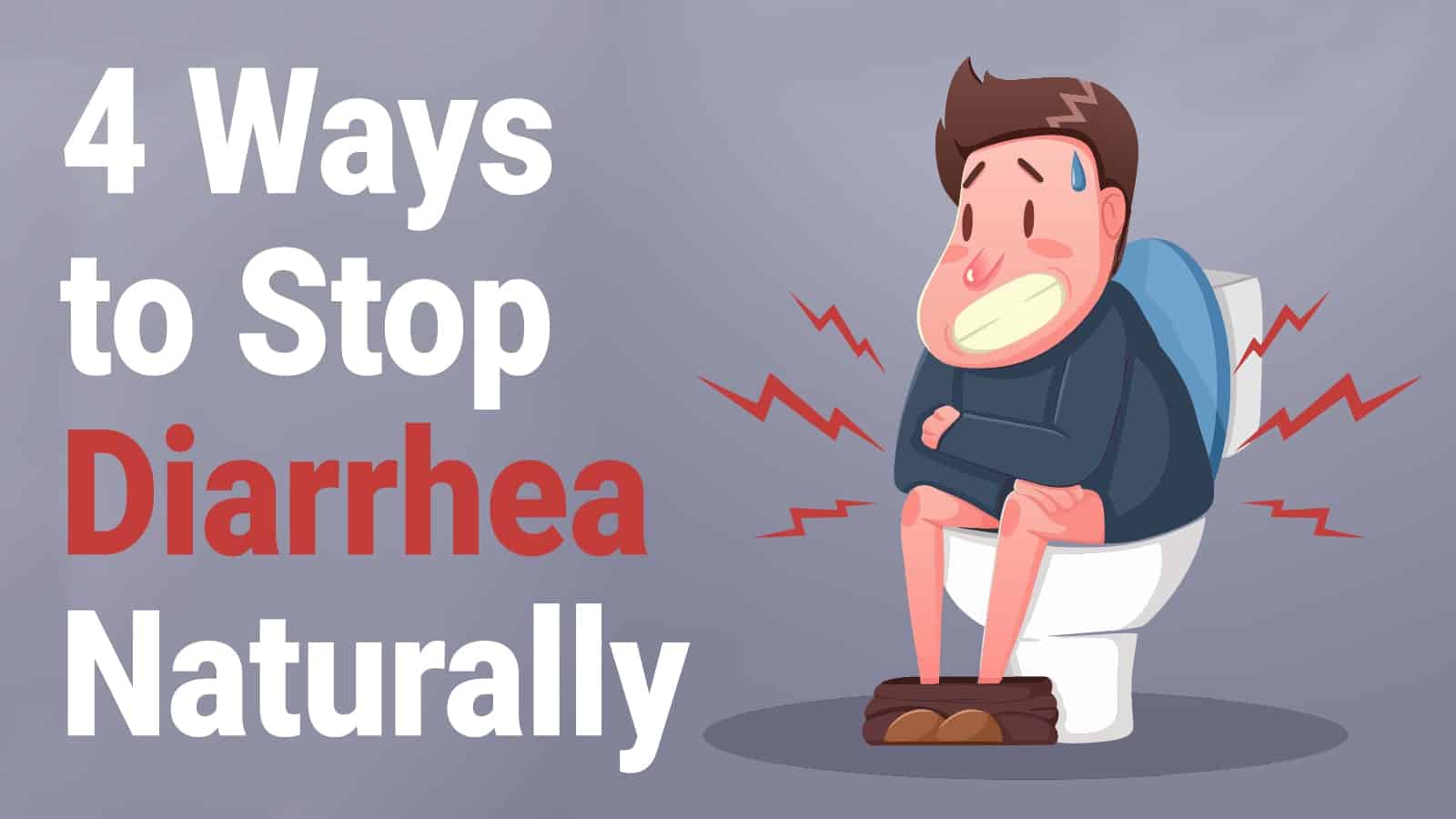 Also, do not take it for longer than 2 days unless directed by a doctor to do so.
Also, do not take it for longer than 2 days unless directed by a doctor to do so.
You should see an improvement in your symptoms within 2 days. If you don’t, call a doctor. Your diarrhea may be caused by bacteria, a virus, or another cause. This may require treatment with a different medication.
Don’t take Imodium if you have blood in your stools or black stools. These symptoms may be a sign of some other problem in your digestive tract. Make an appointment with a doctor if you have bloody or black stools.
Never take Imodium if you have abdominal pain without diarrhea. Imodium isn’t approved for use in this situation. Depending on the cause of your pain, taking Imodium could make the pain worse.
In case of overdose
To avoid overdose, be sure to carefully follow the dosage instructions on your Imodium package. Symptoms of an overdose of Imodium can include:
- nausea
- vomiting
- severe drowsiness
- pain in your abdomen
- severe constipation
If you or someone you know accidentally takes too much Imodium, call the poison control hotline at 800-222-1222 for assistance.
Not enough research has been done to know whether Imodium is safe to use during pregnancy. If you are pregnant, talk with your doctor before taking Imodium. Ask if this medication is safe for you to use during pregnancy.
If you’re breastfeeding, also ask your doctor whether Imodium is safe for you. It’s known that small amounts of Imodium may pass into breast milk, but it’s not likely to harm a child who is breastfed. However, you should still consult your doctor before using Imodium.
Learn more: Pregnancy and diarrhea: Causes and remedies »
Imodium is an OTC drug for people with acute diarrhea. It contains loperamide, which works by decreasing muscle contractions in your gastrointestinal tract.
Imodium can cause side effects, but most of the time these are mild. To reduce your risk of adverse effects when taking Imodium, always carefully follow the instructions on the label.
If you have questions about Imodium, talk with your doctor or pharmacist. Seek medical attention if your symptoms worsen or your diarrhea lasts longer than 2 days.
Seek medical attention if your symptoms worsen or your diarrhea lasts longer than 2 days.
Symptoms, Causes, Treatment, Foods to Avoid
You may experience bile acid malabsorption on its own or due to an underlying condition. Doctors typically treat it with medication and by suggesting dietary changes.
Bile acid malabsorption (BAM) is a condition that occurs when your intestines can’t absorb bile acids properly. This results in extra bile acids in your intestines, which can cause watery diarrhea.
Bile is a natural fluid your body makes in the liver. It’s necessary for proper digestion. Bile contains acids, proteins, salts, and other products. The common bile duct moves it from your liver to your gallbladder, where it’s stored until you eat. When you eat, your gallbladder contracts and releases this bile into your stomach.
Once the bile is in your stomach and small intestine, the acids in the bile help break down food and nutrients so your body can absorb them efficiently. In your colon, bile acids are reabsorbed back into your bloodstream so they can be used again.
In your colon, bile acids are reabsorbed back into your bloodstream so they can be used again.
From time to time, the bile acids aren’t reabsorbed properly, leading to BAM. Too much bile acid in your colon can lead to diarrhea and watery stool, which is why BAM is sometimes called bile acid diarrhea.
The main symptom of BAM is diarrhea. Salt and water from bile acid in your colon prevent stools from properly forming, leading to diarrhea. This diarrhea might happen every day or only occasionally.
Some people with BAM also experience bloating and diarrhea urgency, which refers to suddenly needing to use the restroom as soon as possible.
In some cases, there’s no clear explanation for why the colon doesn’t fully reabsorb bile acids. When this happens, it’s called primary BAM.
In other cases, BAM results from an underlying condition. For example, it’s been estimated that about one-third of people with irritable bowel syndrome and diarrhea (IBS-D) have BAM.
BAM can also be a symptom of another condition. This is referred to as secondary BAM.
This is referred to as secondary BAM.
Other conditions related to secondary BAM include:
- Crohn’s disease
- celiac disease
- small intestine diseases
- pancreatic diseases
- small intestinal bacterial overgrowth
Side effects of medications can also contribute to BAM.
There are a few tests available in Europe that can help to diagnose BAM, but many aren’t available in the United States. However, according to the Mayo Clinic, two tests are now available for U.S. use, one for research purposes and the other clinical use:
- fasting serum C4, for research use only
- fecal bile acid test
The fecal bile acid test involves collecting stool samples over the course of 48 hours and examining them for signs of bile acid.
Keep in mind that this test still has limited availability in the United States, so your doctor may instead make a diagnosis by ruling out other conditions that might be causing your watery diarrhea, such as another type of malabsorption.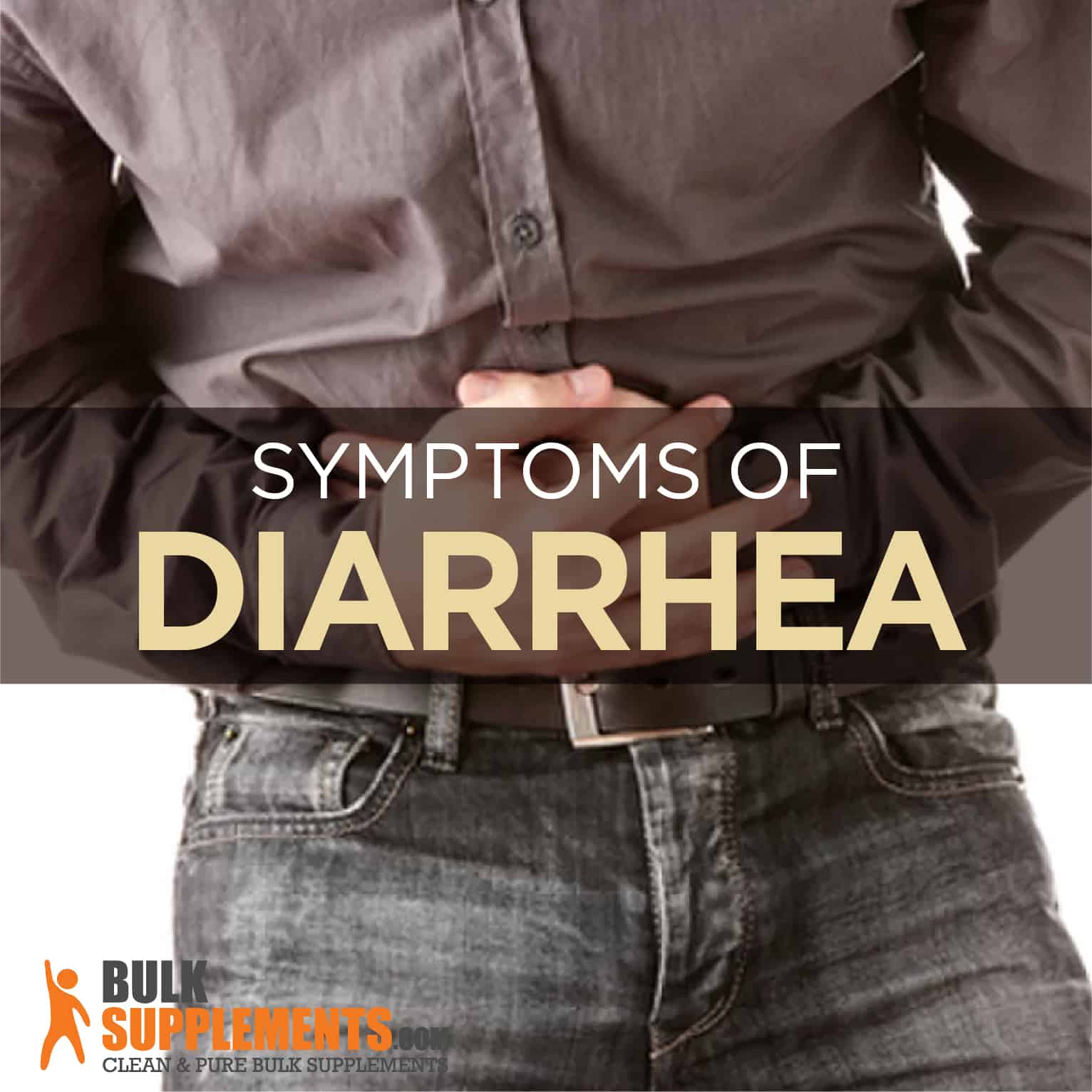 They may even prescribe a medication used to treat BAM to see if it helps. If your symptoms start to improve with the medication, this may be enough to make a diagnosis.
They may even prescribe a medication used to treat BAM to see if it helps. If your symptoms start to improve with the medication, this may be enough to make a diagnosis.
Treatment for bile acid malabsorption usually focuses on medication and dietary changes. Most people with BAM find the best results by using a combination of the two.
In many cases of secondary BAM, treating the underlying condition can also eliminate symptoms.
Medication
The main type of medication used to treat BAM is called a bile acid binder. It binds with the bile acids in your digestive tract, which reduces their impact on your colon.
Bile acid binders are typically very effective at treating diarrhea associated with BAM. Some common bile acid binders include:
- cholestyramine (Questran)
- colestipol (Colestid)
- colesevelam (Welchol)
Diet
Dietary changes may also help reduce episodes of diarrhea if you have BAM. Bile is required for fat digestion. This means your body has to release more bile and bile acids when you eat a lot of foods that are high in fat.
This means your body has to release more bile and bile acids when you eat a lot of foods that are high in fat.
Following a low-fat diet can reduce the amount of bile acid your body produces, causing less of it to make its way to your colon. Having lower levels of bile acids in your colon lowers your chances of having diarrhea if you have BAM.
To reduce your fat intake, try to avoid eating:
- butter and margarine
- mayonnaise
- fried or breaded foods
- baked goods, such as croissants, cookies, and pastries
- lunch meats, hot dogs, sausage, bacon, or other processed meats
- full-fat dairy products, such as whipping cream or sour cream
Keep in mind that your body still needs some fat to function properly. Try swapping some of the foods above for these healthier fats, such as:
- avocados
- fatty fish, such as salmon and sardines
- nuts, including cashews and almonds
While these fats are better for your body, you should still try to consume them in moderation if you have BAM.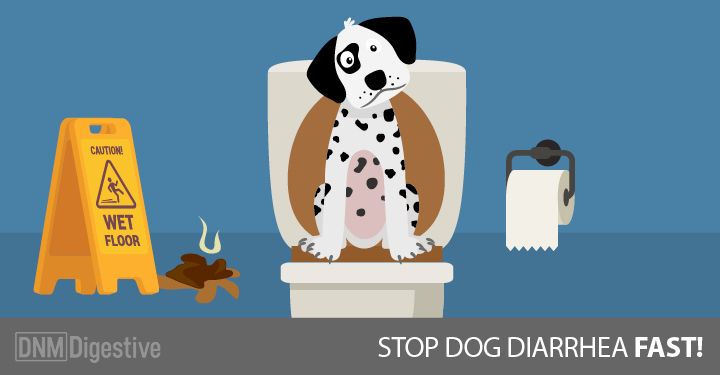 Your doctor may refer you to a registered dietitian or nutrition counselor. Together, you can create a diet plan that works for your lifestyle and helps you to manage your symptoms.
Your doctor may refer you to a registered dietitian or nutrition counselor. Together, you can create a diet plan that works for your lifestyle and helps you to manage your symptoms.
Most people with bile acid malabsorption respond well to treatment and are able to prevent or manage their symptoms with medications and lifestyle changes. If you and your doctor are able to identify an underlying condition that’s causing BAM, you may be able to eliminate the condition entirely by treating the underlying issue.
First aid for food poisoning
Telegram
Telegram chat for appeals
Here you can ask a question, leave a complaint, tell about your problem.
(working days – 08:00-16:00, chat does not work on weekends and holidays!)
Telephone
Work with citizens’ appeals
Tel.: 8 (911) 962-14-03
(working days – 08:00-16:00, on weekends and holidays the phone does not work!)
E-mail: [email protected]
home
First aid
In case of food poisoning
When eating low-quality food products, their improper preparation and storage, food poisoning can occur – food poisoning. Poor quality refers to products infected with various microorganisms and their toxins. In a separate group, mushroom poisoning can be distinguished.
Poor quality refers to products infected with various microorganisms and their toxins. In a separate group, mushroom poisoning can be distinguished.
The most dangerous are products of animal origin (meat, fish, sausages, canned food, milk and milk products – confectionery with cream, ice cream). Shredded meat is especially easily infected – pates, minced meat, jelly.
The first symptoms of food poisoning may appear 2-4 hours after ingestion (in some cases even 30 minutes), and may take 20-26 hours. This largely depends on the type and dose of the toxin and the state of the human immune system.
Characteristic signs of food poisoning are:
- general malaise,
- nausea,
- repeated vomiting,
- cramping pains in the abdomen,
- frequent loose stools,
- pale skin,
- thirst,
- blood pressure lowering,
- quickening and weakening of the pulse,
- pale skin,
- fever (may cause chills),
- convulsions and fainting may sometimes occur.

Measures taken at the first sign of poisoning are aimed at maximizing the elimination of toxins from the body and preventing dehydration.
- Gastric lavage is required. To do this, you need to drink about two glasses of warm water at room temperature and induce vomiting. It is desirable to carry out the procedure before the exit of clean water from the stomach.
- We bind toxins (prevent their absorption into the blood). To do this, you need to take activated charcoal (1 tablet per 10 kg of body weight) or smectite.
- Cleansing of the intestines, as a rule, occurs naturally, as the body itself strives to get rid of poisonous substances. Diarrhea is the fastest and most massive elimination of toxins from the body. You should not try to stop this process by taking drugs for diarrhea. On the contrary, if emptying does not occur, you can drink a laxative.
- It is important to remember that with the release of vomit and feces, the body loses a lot of water, it must be replenished in order to avoid dehydration.
 It is easier to control this process if, after each bout of vomiting or bowel movement, you drink in small sips about a glass of warm non-carbonated water.
It is easier to control this process if, after each bout of vomiting or bowel movement, you drink in small sips about a glass of warm non-carbonated water.
These measures are usually sufficient to manage the symptoms of food poisoning. But you don’t know what exactly caused the attack, and it’s impossible to cope with many toxins on your own at home.
It is obligatory to call an ambulance if:
- A child under 3 years of age, a pregnant woman or an elderly person has been poisoned.
- Poisoning is accompanied by diarrhea more than 10 times a day, uncontrollable vomiting or increasing weakness.
- Poisoning is accompanied by uncharacteristic symptoms.
Severe poisonings caused by pathogens such as salmonella, shigella, botulinum bacilli, etc. may not have the symptoms of ordinary poisoning.
For example, after eating food contaminated with botulinum bacilli, you may experience general malaise, headache, dizziness. At the same time, the body temperature is normal, the stomach is swollen, but there is no stool. A day later, signs of severe CNS damage appear: double vision, drooping of the upper eyelid, paralysis of the soft palate. Bloating increases, urinary retention is observed.
At the same time, the body temperature is normal, the stomach is swollen, but there is no stool. A day later, signs of severe CNS damage appear: double vision, drooping of the upper eyelid, paralysis of the soft palate. Bloating increases, urinary retention is observed.
First aid for botulism poisoning also includes gastric lavage, toxin-binding drugs, and laxatives. But the most important is the introduction of anti-botulinum serum, which is possible only in stationary conditions. And, therefore, the most important thing in such poisoning is to deliver the patient to a medical facility on time.
How to deal with food poisoning quickly
Nausea, vomiting, abdominal pain, diarrhea, increased heart rate, sometimes even fever with chills, cramps and fainting – this is how food intoxication can manifest itself. The most common causes of food poisoning are meat, especially in the form of minced meat, and dairy products. In this way, not only today’s lunch, but also yesterday’s breakfast can let you know about yourself: depending on the amount of spoiled food and the state of immunity of the victim, symptoms can appear after 30 minutes or after a day.
In this way, not only today’s lunch, but also yesterday’s breakfast can let you know about yourself: depending on the amount of spoiled food and the state of immunity of the victim, symptoms can appear after 30 minutes or after a day.
Where to start
First of all, you need to help the body get rid of spoiled food: drink a few glasses of water at room temperature and induce vomiting if it does not start on its own. If there is no diarrhea, it is better to provoke it; in these cases, saline laxatives (magnesium and sodium sulfate, Karlovy Vary salt) are used. They cannot be used for a long time – it is dangerous for the body – but in case of food poisoning they are indispensable. An enema can also help. In no case should you take funds for diarrhea – this will only harm yourself.
The next step is to take sorbents that will prevent the absorption of toxins into the blood. There are several options: it can be activated carbon, Smecta, Enterosgel, Polysorb, Phosphalugel. All these drugs belong to the group of adsorbents: they “attract” toxins to themselves and remove them from the body naturally.
All these drugs belong to the group of adsorbents: they “attract” toxins to themselves and remove them from the body naturally.
How to recover what you’ve lost
During the cleansing process, your body loses a lot of fluid. To avoid dehydration, you need to constantly drink, you can even use ordinary water, but Regidron (from 376 rubles) or Regidron Bio (from 439 rubles) will help much better.rubles). These funds regulate the water-salt balance inside you, restoring the necessary supply of electrolytes. If everything you drink comes back, you can dissolve a sachet of medicine in a cup and take a teaspoon every few minutes, in this case, the chance that the liquid will be absorbed will be higher.
How to understand that you can’t cope and you need a doctor stop if a small child, an elderly person, a pregnant woman falls ill – do not hesitate, call an ambulance. At home, only mild food poisoning can be treated, with severe ones in the hospital, a person will be helped faster and much more efficiently.
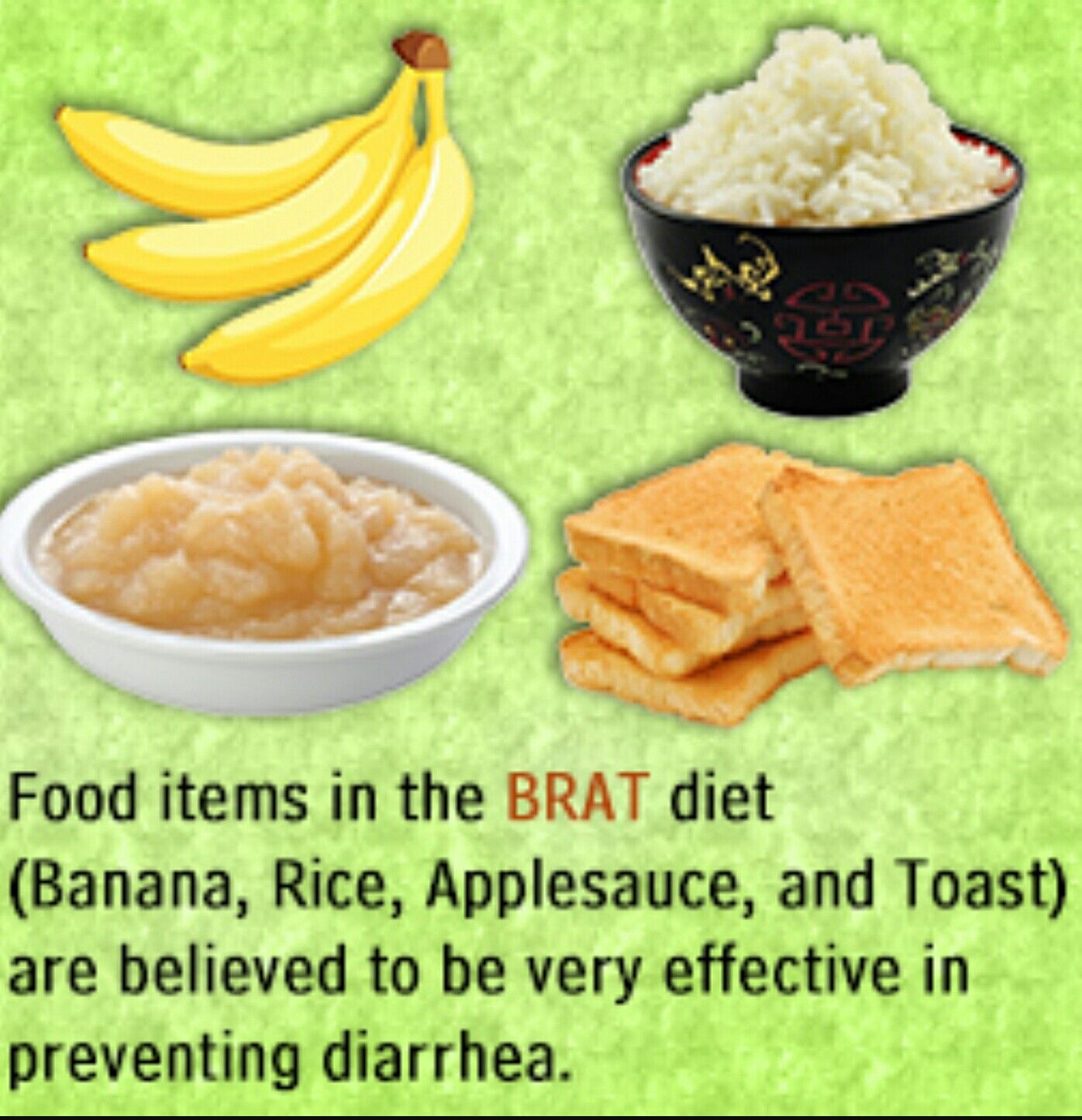



 It is easier to control this process if, after each bout of vomiting or bowel movement, you drink in small sips about a glass of warm non-carbonated water.
It is easier to control this process if, after each bout of vomiting or bowel movement, you drink in small sips about a glass of warm non-carbonated water.